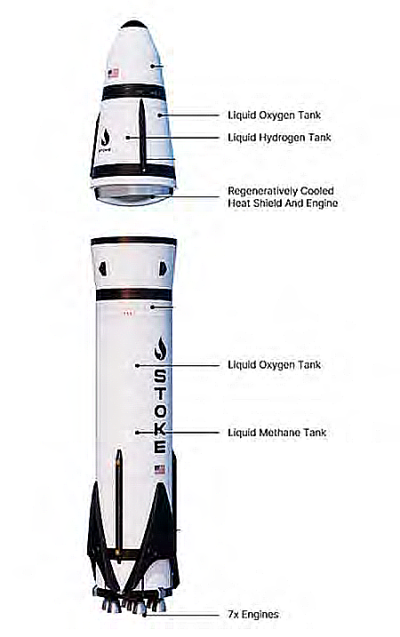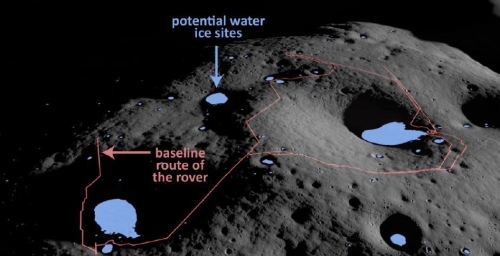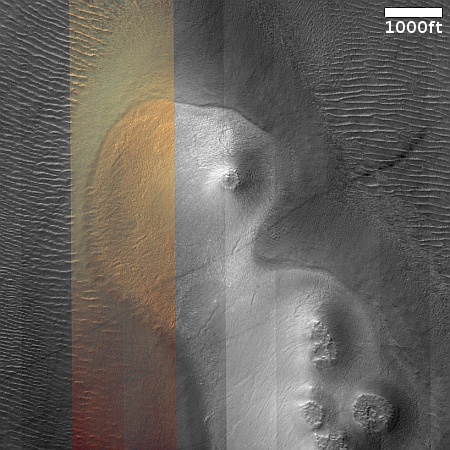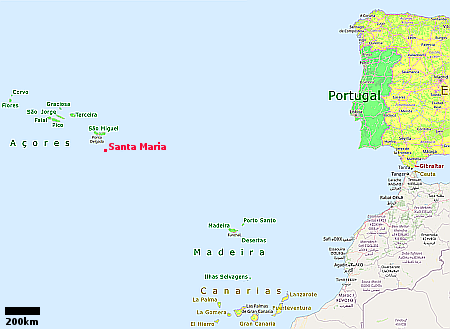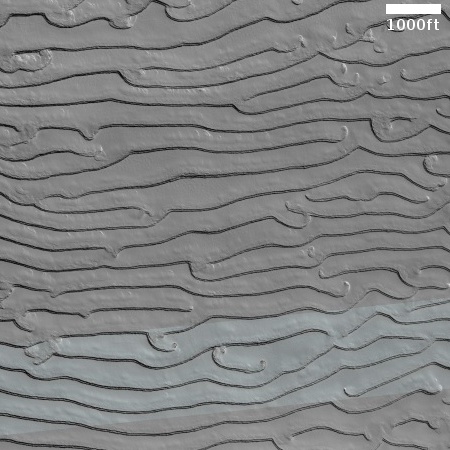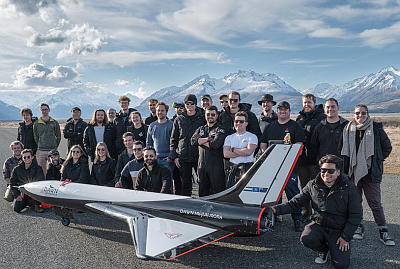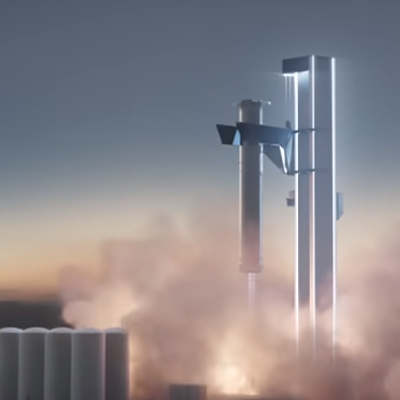India completes third and last test launch of its SSLV rocket
India today successfully completed the third and last test launch of its Small Satellite Launch Vehicle (SSLV), lifting off from its Sriharikota spaceport and carrying an experimental satellite designed to test a number of new technologies.
This launch is three-plus years late. It was originally to take place no later than 2021, but India’s space agency ISRO shut down entirely during the COVID panic, putting a halt on the rocket’s development. This delay also badly damaged ISRO’s attempt to grab the smallsat launch market. While it hid in basements in fear of a virus comparable to the flu, companies on the U.S. pushed to grab that market. Whether it can now grab its own market share is unclear, but the increased regulatory burdens that have appeared in the U.S. in the last three years gives it an opportunity.
This was India’s third launch in 2024, so the leader board in the 2024 launch race remains unchanged:
81 SpaceX
33 China
10 Rocket Lab
9 Russia
American private enterprise still leads the rest of the world combined in successful launches 96 to 51, while SpaceX by itself still leads the entire world combined, including American companies, 81 to 66.
India today successfully completed the third and last test launch of its Small Satellite Launch Vehicle (SSLV), lifting off from its Sriharikota spaceport and carrying an experimental satellite designed to test a number of new technologies.
This launch is three-plus years late. It was originally to take place no later than 2021, but India’s space agency ISRO shut down entirely during the COVID panic, putting a halt on the rocket’s development. This delay also badly damaged ISRO’s attempt to grab the smallsat launch market. While it hid in basements in fear of a virus comparable to the flu, companies on the U.S. pushed to grab that market. Whether it can now grab its own market share is unclear, but the increased regulatory burdens that have appeared in the U.S. in the last three years gives it an opportunity.
This was India’s third launch in 2024, so the leader board in the 2024 launch race remains unchanged:
81 SpaceX
33 China
10 Rocket Lab
9 Russia
American private enterprise still leads the rest of the world combined in successful launches 96 to 51, while SpaceX by itself still leads the entire world combined, including American companies, 81 to 66.

